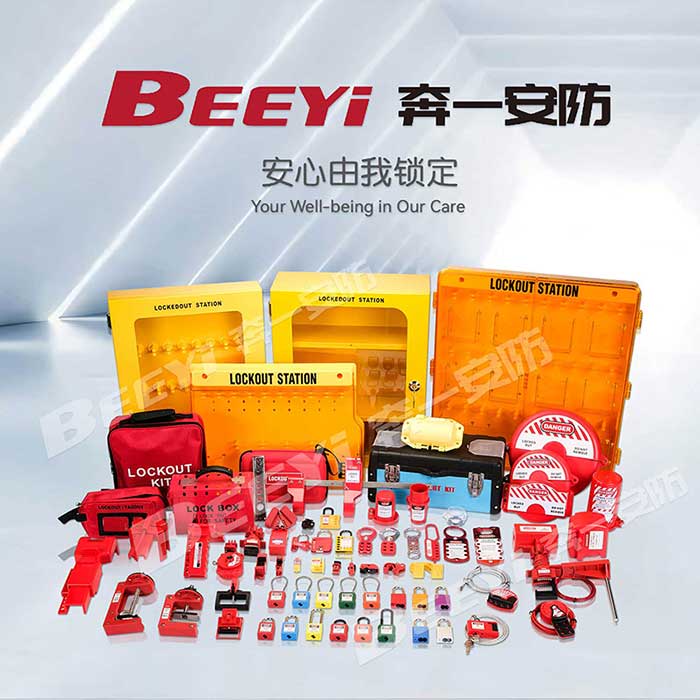In industrial settings where hazardous materials, high pressures, or extreme temperatures are involved, safety is a top priority. One crucial component of workplace safety is the use of valve lockout devices, which prevent accidental releases of dangerous substances during maintenance, repairs, or servicing of equipment. The need for such devices has grown as workplaces increasingly recognize the importance of safeguarding both workers and the environment. This article explores the function, types, and significance of valve lockout devices in ensuring workplace safety.

What is a Valve Lockout Device? A valve lockout device is a mechanical safety tool designed to lock a valve in a specific position—typically the “off” position—during maintenance or servicing. This tool effectively prevents accidental activation of the valve, which could release hazardous materials or cause an unsafe situation. Locking out valves is part of a broader safety protocol known as Lockout/Tagout (LOTO), which aims to isolate energy sources and prevent machinery from being operated while workers are exposed to danger. The device works by physically blocking the valve handle, making it impossible to turn it on or off. Typically, a lockout device is applied with a lock and key, ensuring that only authorized personnel can remove the device after the work has been completed. This provides a secure method for workers to perform their tasks without the risk of sudden valve activation, which could lead to catastrophic consequences.